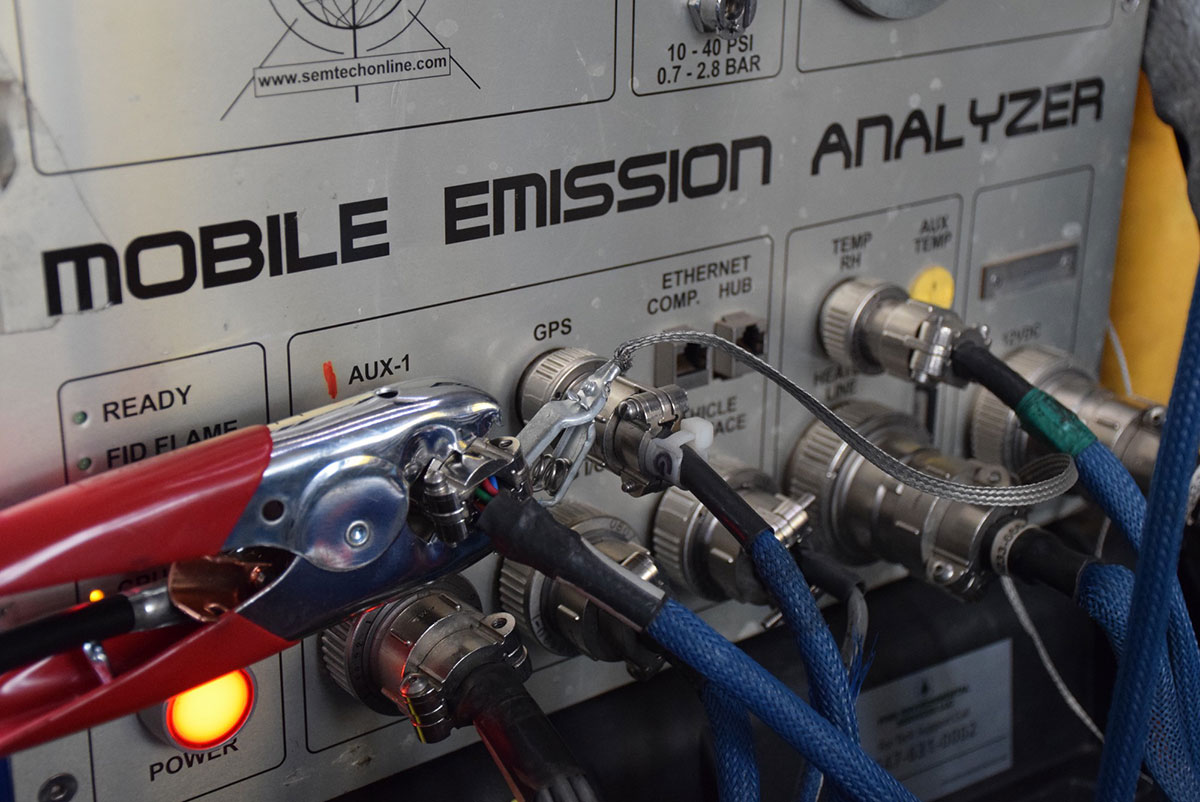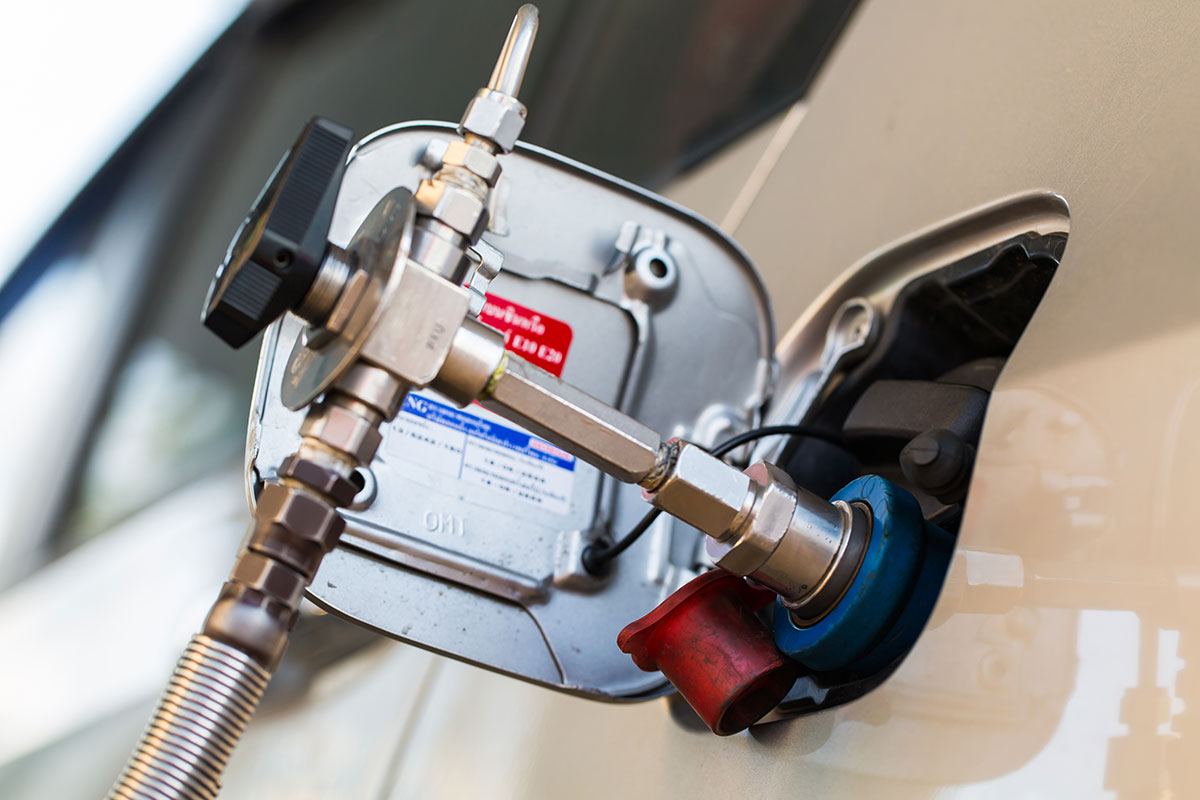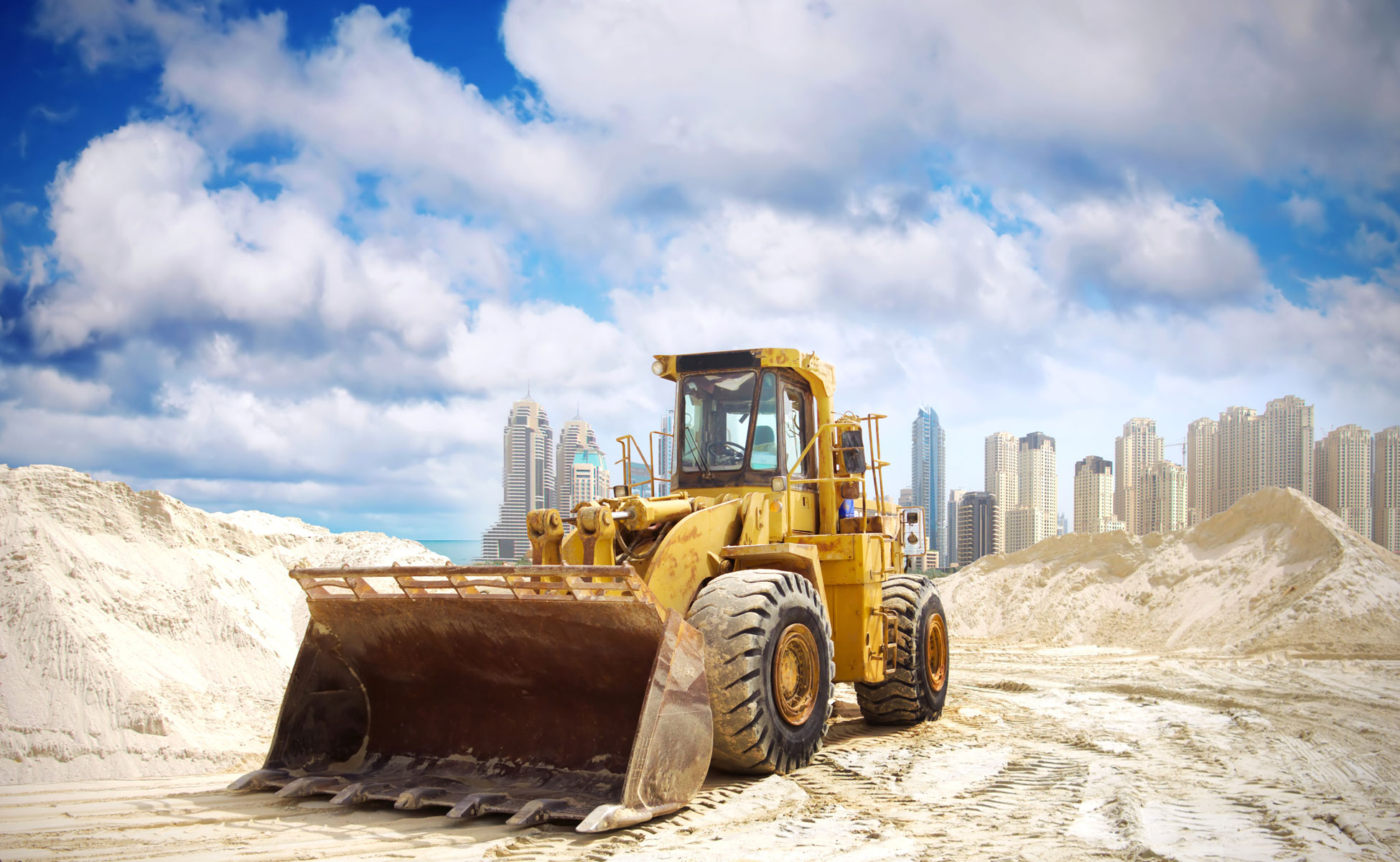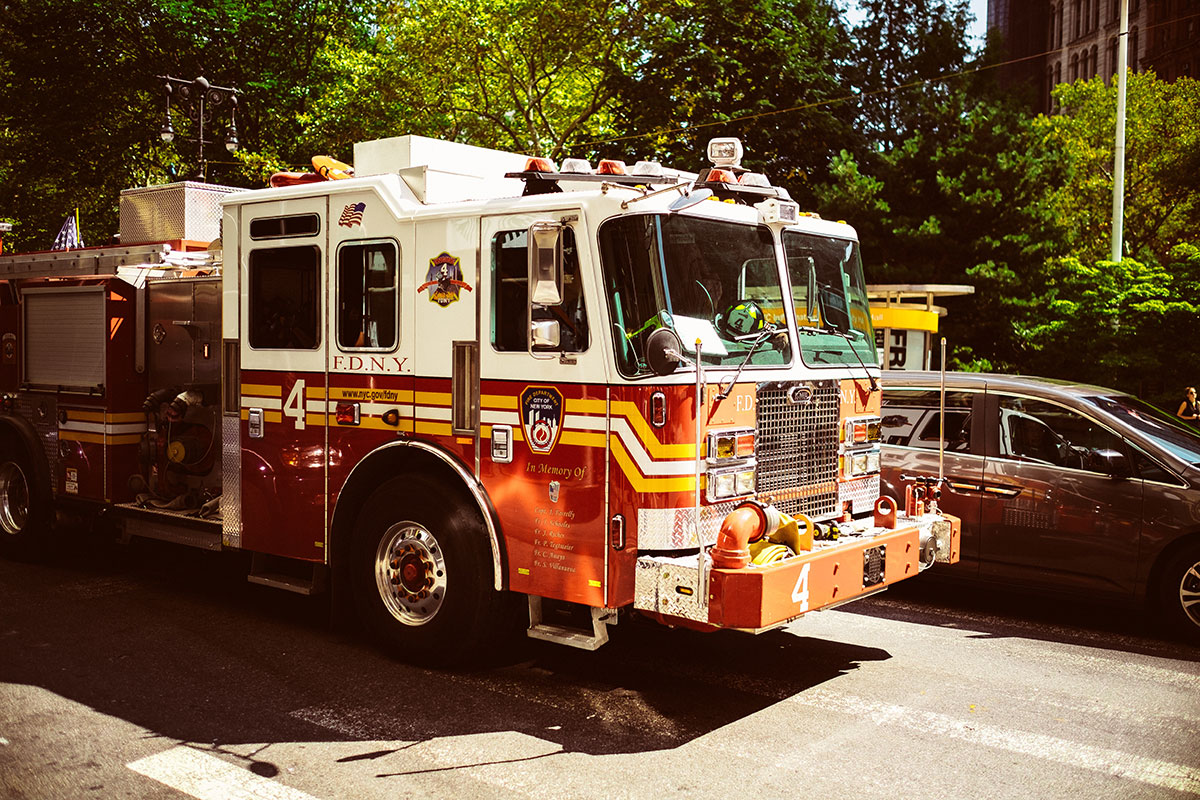Production Line Testing (PLT)
Production Line Testing for OEMs Production line testing is a compliance requirement which applies to all OEMs. This requirement is one that must be satisfied for both the United States Environmental Protection Agency (EPA) and the California Air Resources Board (CARB). Production line testing requirements stipulate that quarterly reports must be sent to the EPAContinued






